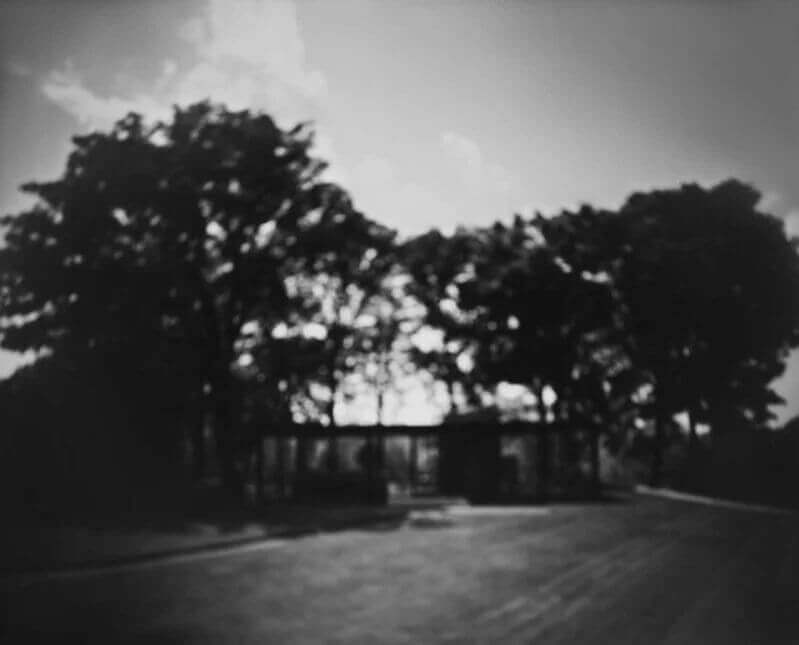Sugimoto Hiroshi
Born in 1948 in Japan, Hiroshi Sugimoto is a distinguished contemporary artist renowned for his mastery in photography, sculpture, architecture, and the performing arts. He divides his time between Tokyo and New York City, and his work traverses a broad spectrum of themes, including time, empiricism, and metaphysics. Sugimoto’s career is characterized by an analytical approach and a profound philosophical curiosity that seeks to capture traces of invisible yet fundamental forces.
Sugimoto’s venture into photography began in the 1970s. His first major series, Dioramas, initiated in 1974, involved photographing natural history displays in museums like the American Museum of Natural History. Through his lens, static scenes of taxidermied animals and painted backdrops are transformed into life-like narratives, challenging perceptions of reality.
Arguably his most iconic project, Theaters, uses long exposure photographs in classic movie houses worldwide. These images capture entire films in a single frame, resulting in a glowing white screen amidst the darkened theater, effectively compressing hours into a singular, evocative image. His Seascapes series, spanning over four decades, portrays the primal elements of sky and sea, reflecting his fascination with the dawn of consciousness.
Sugimoto’s Portraits series, created in wax museums such as Madame Tussauds, examines the recording of history and human nature through photography. His Architecture series isolates the forms of iconic modernist structures, blurring lines between time, memory, and history, while In Praise of Shadow uses long exposures to capture the ephemeral dance of a candle’s light.
A recurring theme in Sugimoto’s work is the exploration of natural phenomena and scientific concepts. His Conceptual Forms series presents mathematical models from the 19th and 20th centuries, and Lightning Fields translates early electrical research into dramatic visuals by applying high-voltage currents directly to film. His Opticks series depicts the spectral colors visible through a prism, focusing on the nuances between hues.
Sugimoto’s influence extends beyond photography. In 2009, he founded the Odawara Art Foundation to promote both traditional Japanese and contemporary international performing arts. The Foundation’s Enoura Observatory, designed by Sugimoto, features an optical glass stage and a solstice-aligned gallery, merging art with astronomical precision.
His contributions to the art world have been widely recognized, with works housed in prestigious institutions such as the Metropolitan Museum of Art, the Museum of Modern Art in New York, and the Tate Gallery in London. He has received numerous accolades, including the National Arts Club Medal of Honor in Photography (2018), the Royal Photographic Society’s Centenary Medal (2017), and the Praemium Imperiale Award for Painting (2009), amongst others.
Hiroshi Sugimoto’s artistic oeuvre continues to inspire, provoke thought, and invite viewers to explore the intersections of time, perception, and reality.
The Glass House, 2013
